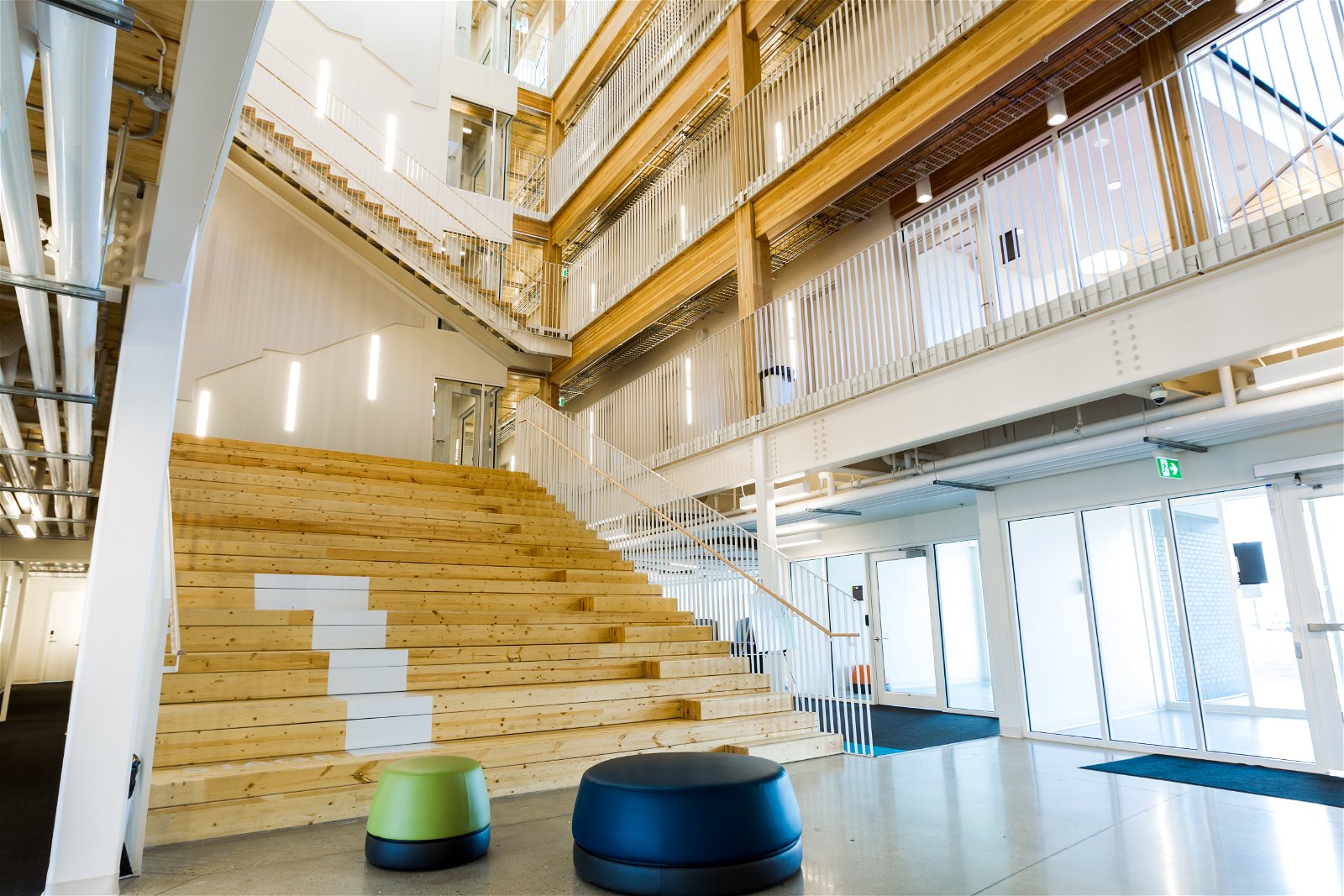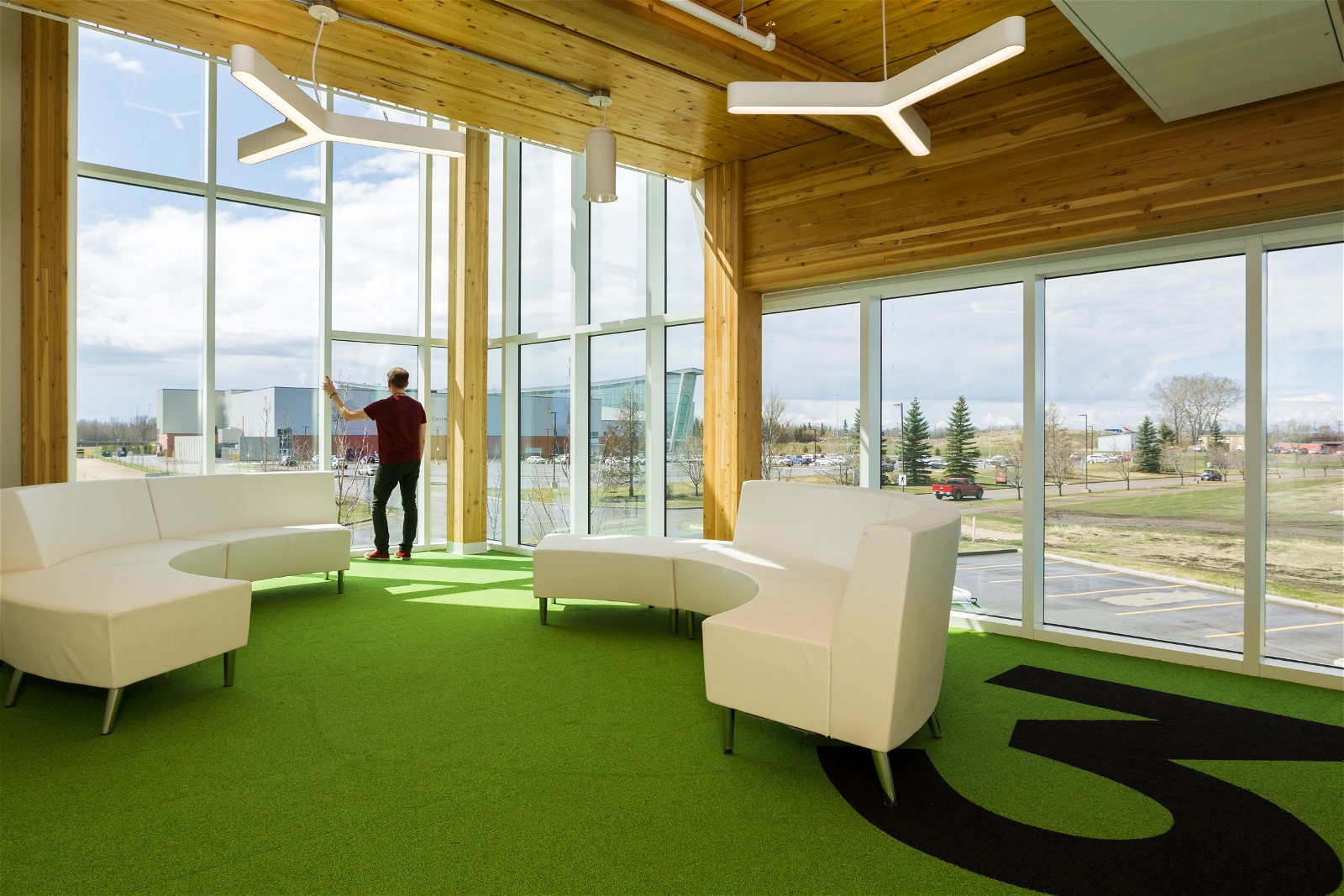Integrated Project Delivery (IPD): Next Level Collaboration
- Details

Integrated Project Delivery (IPD) marks a paradigm shift in how construction projects are delivered. By emphasizing a collaborative approach, IPD breaks down the barriers traditionally seen in project development.
In this article, we explore:
- What IPD truly entails and why it matters.
- The undeniable benefits of adopting an IPD approach.
- How RJC Engineers exemplifies IPD success in our projects.
Let's discuss the impact of IPD and how it's redesigning project delivery.
Unpacking Integrated Project Delivery
At its heart, IPD is about breaking down barriers. Traditional project delivery methods often operate in silos which may lead to inefficiencies and miscommunications. IPD, however, advocates for a synergistic approach, bringing together all project stakeholders from the outset. This collaborative framework is built on shared risks, shared rewards, and a unified project vision, setting the stage for unbounded efficiency and innovation.
In summary, IPD encompasses a:
- Collaborative approach from project start
- Unified vision among stakeholders
- Shared risks and rewards
- Efficient communication
- Improved accountability
- Enhanced innovation through teamwork
- Streamlined decision-making processes
- Focus on project efficiency and quality
The Anatomy of Integrated Project Delivery (IPD)
More than a methodology, Integrated Project Delivery (IPD) is a revolution in project delivery, blending expertise, resources, and objectives harmoniously. IPD's foundation lies in principles that promote unity, efficiency, and innovation across all project phases.
Let's dissect these principles to understand the IPD framework fully.
1. Open Communication, Mutual Trust, and Shared Responsibility
IPD thrives on the pillars of open communication, mutual trust, and shared responsibility among all stakeholders. This triad ensures that every project participant, from owners to engineers, operates in a transparent environment where ideas flow freely and challenges are addressed collectively. This approach not only accelerates decision-making but also builds a robust foundation for innovative solutions.
2. Lean Methodology and Tools
At the heart of IPD is the adoption of Lean Methodology, focusing on creating value for the client by minimizing waste and optimizing resources. Through techniques such as pull planning and continuous improvement cycles (Plan-Do-Check-Adjust), IPD projects harness the collective wisdom of the team to streamline workflows and boost project outcomes.
3. Challenging Conventional Thinking
IPD encourages questioning the status quo of design and construction practices. Projects like St. Jerome's University Campus Renewal Project show the effectiveness of this approach. Here, IPD reshaped traditional roles and streamlined workflows, which led to substantial efficiency and cost savings. This proves that the best solutions often come from a willingness to think differently.
4. Establishing Conditions of Satisfaction
A unique aspect of IPD is the establishment of "Conditions of Satisfaction," which act as the project's moral compass. These conditions, agreed upon early in the project, guide all decisions and ensure they align with the project's core goals and values. This practice serves to maintain focus and consistency in fulfilling the project's objectives.
5. Embracing the Role of the Big Room
The "Big Room" concept refers to creating a physical or virtual space where all key project participants collaborate. This environment facilitates direct communication, immediate feedback, and rapid decision-making, embodying the collaborative spirit of IPD.

The Compelling Benefits of IPD
The principles of the IPD framework benefit projects, with these being the most impactful:
Streamlined Communication and Decision-Making
With all key players involved from the beginning, decision-making becomes more direct and transparent. This not only speeds up the process but also ensures that decisions are informed by diverse expertise.
Enhanced Innovation and Problem-Solving
The collaborative nature of IPD encourages innovative thinking. Solutions are no longer confined to a single perspective but are the result of collective brainstorming and problem-solving.
Reduced Waste and Increased Efficiency
Lean principles are integral to IPD, focusing on value maximization and waste minimization. This leads to more efficient use of resources, time, and budget.
Case Studies in IPD Excellence
As a leader in structural engineering, RJC Engineers is a prime example of IPD's potential. Through our involvement in projects like the Vernon Active Living Centre and the Oakville Trafalgar Community Centre, RJC has demonstrated how IPD can lead to successful, innovative outcomes.
Here are two substantial IPD projects worth mentioning.
Red Deer Polytechnic Student Residence, Red Deer, AB
For the Red Deer Polytechnic Student Residence, IPD played a pivotal role in integrating sustainable design with innovative construction methods. This project, part of the RDC Alternative Energy Initiative, included 545 solar panels for a reduced carbon footprint and a hybrid superstructure blending wood framing with steel. The IPD method ensured seamless collaboration and efficiency, underpinning the project's sustainability goals and innovative approach.
City of Burnaby Fire Hall 4 & 8, Vancouver, BC
In the development of Burnaby's Fire Hall 4 & 8, IPD was instrumental in meeting community needs through innovative design and construction. The project aimed at enhancing emergency response capabilities and included two state-of-the-art, seismically designed buildings with eco-friendly features. IPD facilitated effective collaboration among stakeholders, ensuring the fire halls were built on time, on budget, and with advanced sustainability in mind.

Putting IPD into Practice: Insights from RJC Engineers
Understanding IPD's principles is one thing; seeing them in action is another. RJC Engineers' application of IPD showcases the tangible benefits of this approach in real-world scenarios.
1. Collaboration from Start to Finish
RJC's engagement in projects like those mentioned above illustrates how early involvement of all stakeholders fosters a culture of cooperation and mutual respect. This early collaboration ensures that every voice is heard and every expert is acknowledged from the outset.
2. Leveraging Lean Principles for Superior Outcomes
By incorporating Lean Principles throughout the design and construction processes, RJC optimizes project delivery by focusing on value-added activities and eliminating waste. This approach improves efficiency and the quality and sustainability of the built environment.
3. Continuous Improvement and Innovation
RJC's commitment to challenging conventional norms and continuously improving processes through IPD has led to innovative solutions that redefine project success. Our projects serve as benchmarks for how IPD can transform construction and engineering practices.
Embracing the Future with IPD
As we've investigated IPD, three key insights have emerged:
- IPD invites a transformational shift towards more collaborative, efficient project delivery.
- The benefits of IPD, from enhanced communication to reduced waste, are substantial.
- RJC Engineers embodies the successful application of IPD, showcasing the methodology's potential.
For engineers and project managers intrigued by IPD, exploring this methodology further offers a pathway to not just participate in the future of construction but also actively shape it.
Engaging with IPD-focused training or workshops can be your next step in adopting this transformative approach.
Work With RJC On Integrated Project Delivery Today
Let's move forward together towards a more collaborative, efficient, and innovative future in engineering. Contact RJC Engineers today to link up with our team.